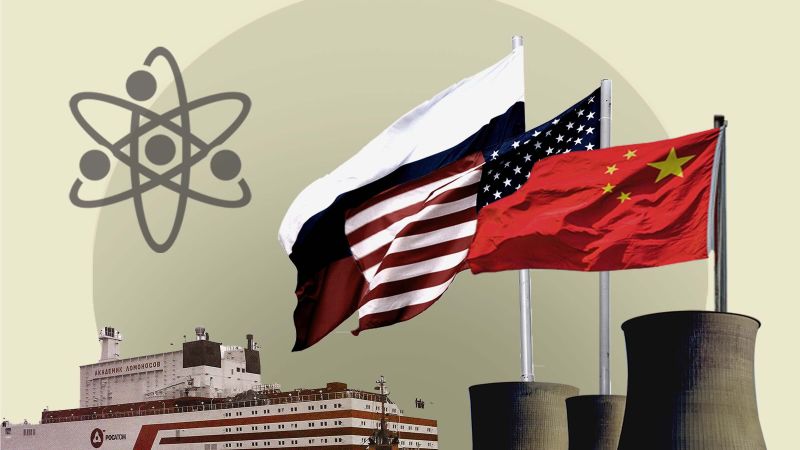Off the Siberian coast, not far from Alaska, a Russian ship has been docked at port for four years. The Akademik Lomonosov, the world’s first floating nuclear power plant, sends energy to around 200,000 people on land using next-wave nuclear technology: small modular reactors.
This technology is also being used below sea level. Dozens of US submarines lurking in the depths of the world’s oceans are propelled by SMRs, as the compact reactors are known.
SMRs — which are smaller and less costly to build than traditional, large-scale reactors — are fast becoming the next great hope for a nuclear renaissance as the world scrambles to cut fossil fuels. And the US, Russia and China are battling for dominance to build and sell them.



I think one of the differences is where the construction happens. SMR should be able to come from the factory in more complete modules, vs assembling everything in the field. While it could never do the volume to make it mass production, in theory you could get similar benefits from automation, repetition, controlled environment, etc. Meanwhile site assembly should be corresponding simpler